Foxglove Companion Plants That Will Make Your Garden Pop
Foxglove Companion Plants That Will Make Your Garden Pop
Foxgloves are tall, elegant perennials that add a touch of drama to any garden. Their distinctive bell-shaped flowers come in a variety of colors, including purple, pink, white, and yellow. Foxgloves are relatively easy to care for and can thrive in a variety of conditions.
One of the best ways to enhance the beauty of foxgloves is to plant them with companion plants. Companion plants are those that grow well together and complement each other in terms of color, texture, and height. By choosing the right companion plants, you can create a stunning display that will add interest and beauty to your garden for weeks to come.
Here are some of the best companion plants for foxgloves:
- Delphiniums are tall, stately flowers that share foxgloves' love of full sun and well-drained soil. The tall spikes of delphiniums add vertical interest to the garden, while the delicate flowers of foxgloves provide a soft contrast.
- Lupines are another tall, sun-loving flower that makes a great companion for foxgloves. The bright colors of lupines add a cheerful touch to the garden, while the foliage of foxgloves provides a backdrop for their flowers.
- Hollyhocks are tall, showy flowers that can grow up to 8 feet tall. They prefer full sun and well-drained soil, just like foxgloves. The large, trumpet-shaped flowers of hollyhocks add a touch of drama to the garden, while the foxgloves provide a more delicate touch.
- Roses are a classic choice for companion plants for foxgloves. The elegant blooms of roses complement the delicate flowers of foxgloves, and the two plants share a similar growing requirement for full sun and well-drained soil.
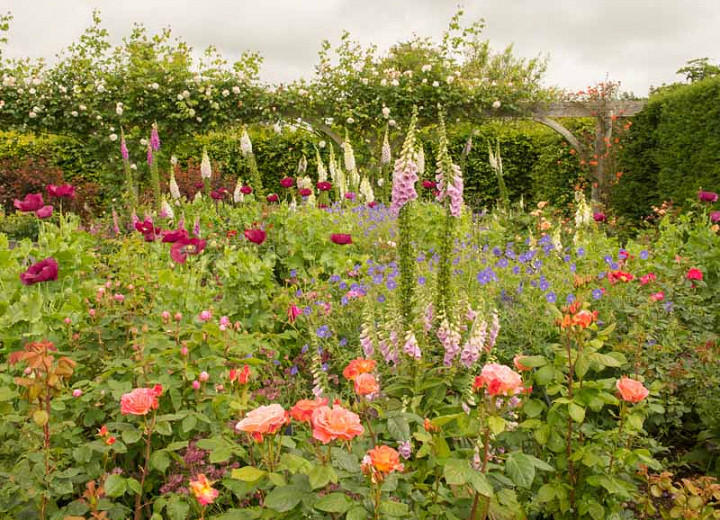
- Peonies are another classic choice for companion plants for foxgloves. The large, showy blooms of peonies bloom in the spring, while the foxgloves bloom in the summer. The two plants complement each other in terms of color and texture, and they both prefer full sun and well-drained soil.
- Astilbes are herbaceous perennials that add a touch of grace and elegance to the garden. They prefer moist, well-drained soil and partial shade. The feathery foliage of astilbes provides a backdrop for the delicate flowers of foxgloves.
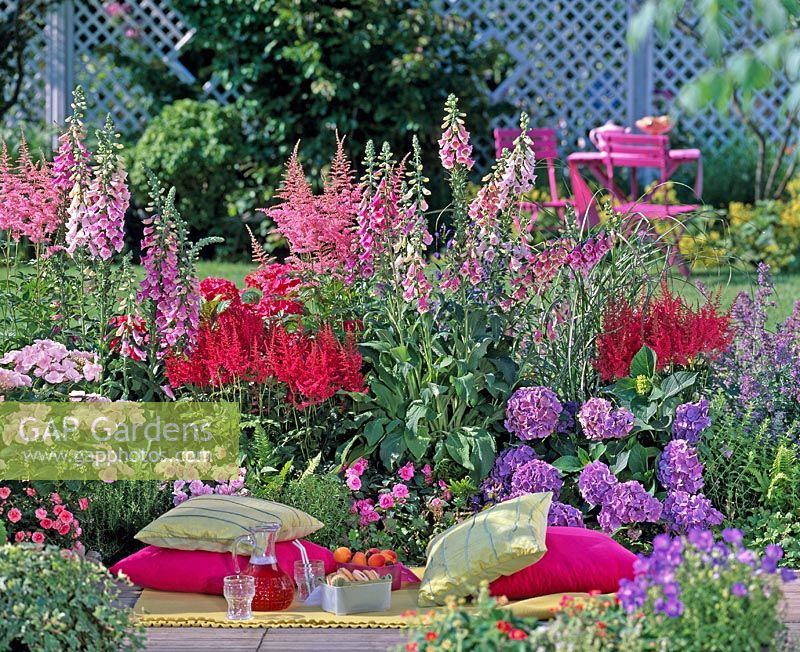
- Coral bells are low-growing perennials that add a splash of color to the garden. They prefer well-drained soil and partial to full shade. The colorful foliage of coral bells provides a contrast to the tall spikes of foxgloves.
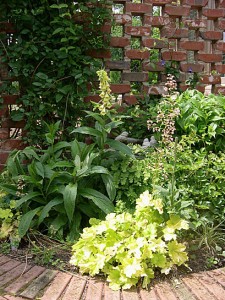
- Daisies are cheerful, low-maintenance flowers that can be grown in a variety of conditions. They prefer full sun and well-drained soil. The daisy-like flowers of daisies add a touch of lightness and airiness to the garden, while the foxgloves provide a more structured look.

- Lavender is a fragrant herb that adds a touch of Mediterranean charm to the garden. It prefers full sun and well-drained soil. The purple flowers of lavender provide a contrast to the bright colors of foxgloves, and the two plants complement each other in terms of fragrance.
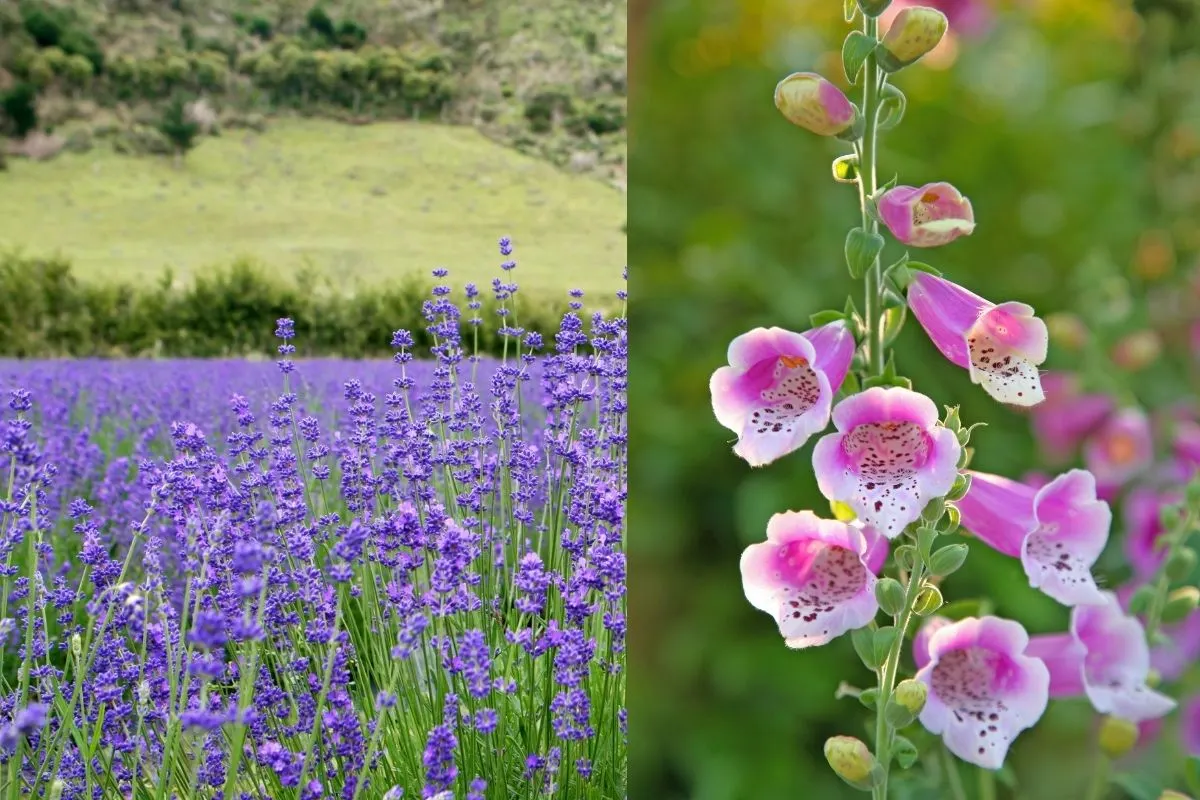
These are just a few of the many companion plants that can be grown with foxgloves. By choosing the right plants, you can create a stunning display that will add interest and beauty to your garden for weeks to come.
Foxgloves are beautiful flowers that can add a touch of elegance to any garden. But did you know that they can also benefit from being planted with other plants? Companion planting is the practice of planting different types of plants together in order to create a mutually beneficial relationship. When choosing companion plants for foxgloves, it is important to consider their growth habits, sunlight requirements, and water needs.
Some good companion plants for foxgloves include:
- Ferns: Ferns provide shade and moisture for foxgloves, and their delicate fronds help to soften the appearance of the foxglove's tall, upright stems. Garden Wiki
- Hostas: Hostas are another shade-loving plant that can thrive in the same conditions as foxgloves. Their large, glossy leaves provide a striking contrast to the foxglove's flowers.
- Daisies: Daisies are a low-maintenance plant that can add a splash of color to the garden. They are also deer-resistant, making them a good choice for gardens in areas with high deer populations.
- Lavender: Lavender is a fragrant herb that can repel pests and attract pollinators. It is also drought-tolerant, making it a good choice for gardens in hot, dry climates.
- Snapdragons: Snapdragons are a cheerful annual flower that can add a pop of color to the garden. They are also easy to grow and care for, making them a good choice for beginner gardeners.
If you are looking for more information about companion planting for foxgloves, I recommend visiting Garden Wiki. This website has a wealth of information on the topic, including a list of recommended companion plants, tips on how to plant them together, and advice on how to care for them.
FAQ of companion plants for foxgloves
- What are some good companion plants for foxgloves?
Foxgloves are tall, upright plants with bell-shaped flowers that come in a variety of colors. They prefer moist, well-drained soil and partial to full shade. Some good companion plants for foxgloves include:
- Astilbe: Astilbe is a tall, herbaceous perennial with feathery plumes of flowers that bloom in summer. It prefers moist, well-drained soil and partial shade.
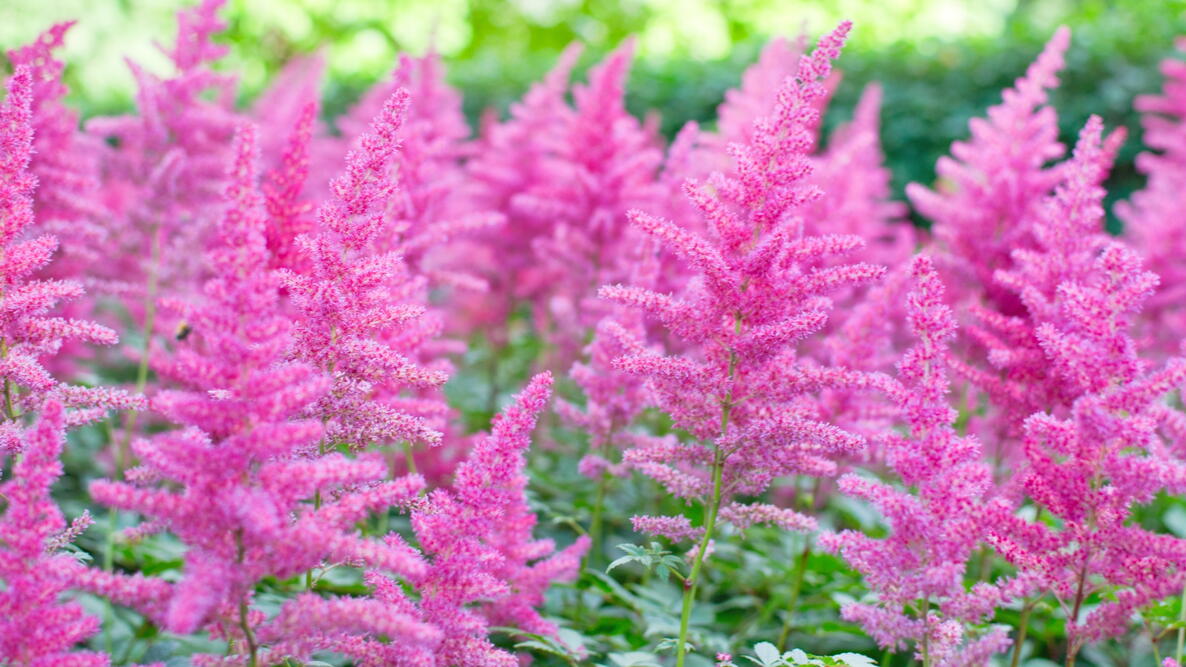
- Ferns: Ferns are a diverse group of plants that come in a variety of shapes and sizes. They prefer moist, shady areas and can help to add depth and interest to a garden.
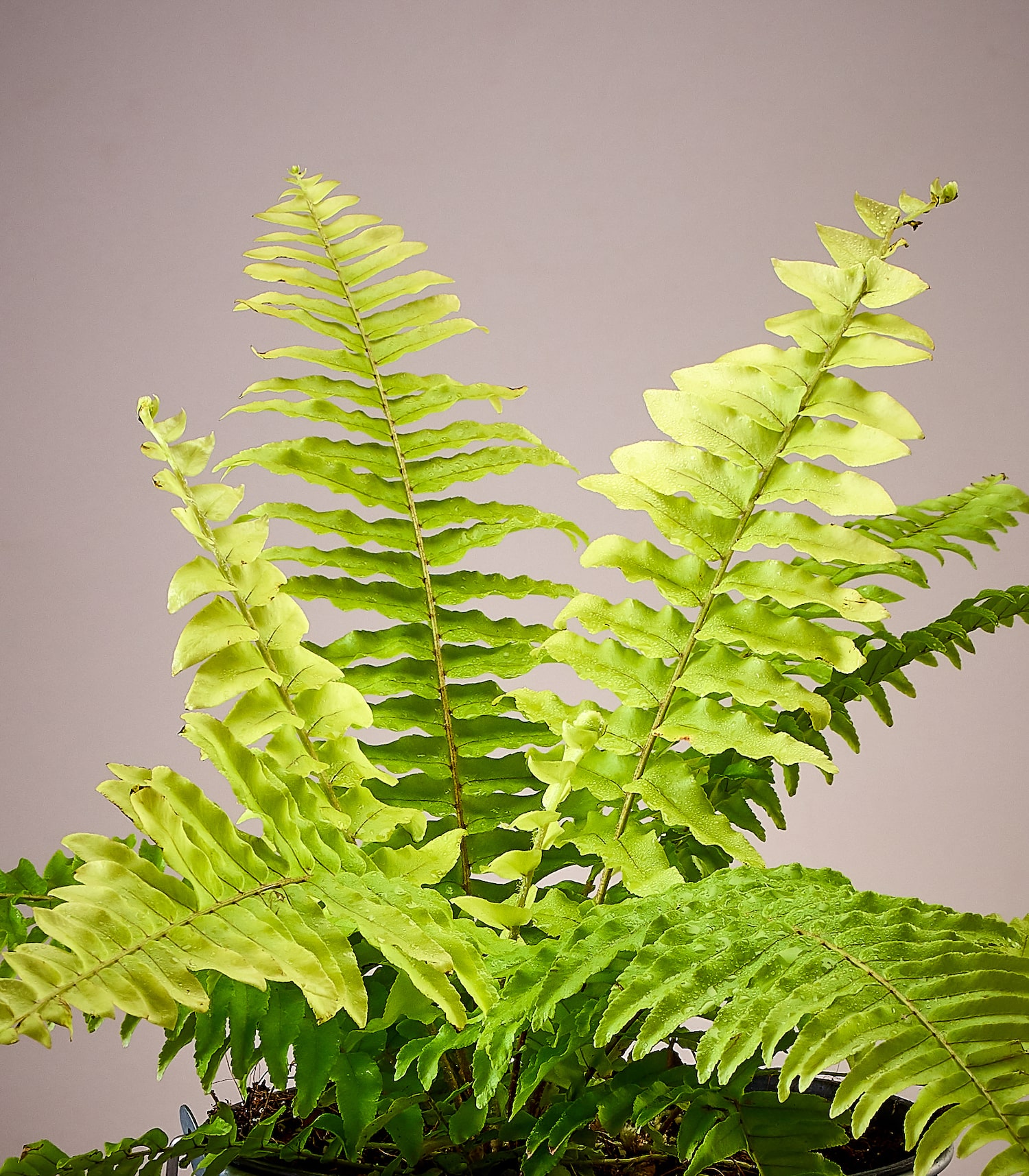
- Hostas: Hostas are shade-loving perennials with large, heart-shaped leaves. They come in a variety of colors, including green, blue, and yellow.
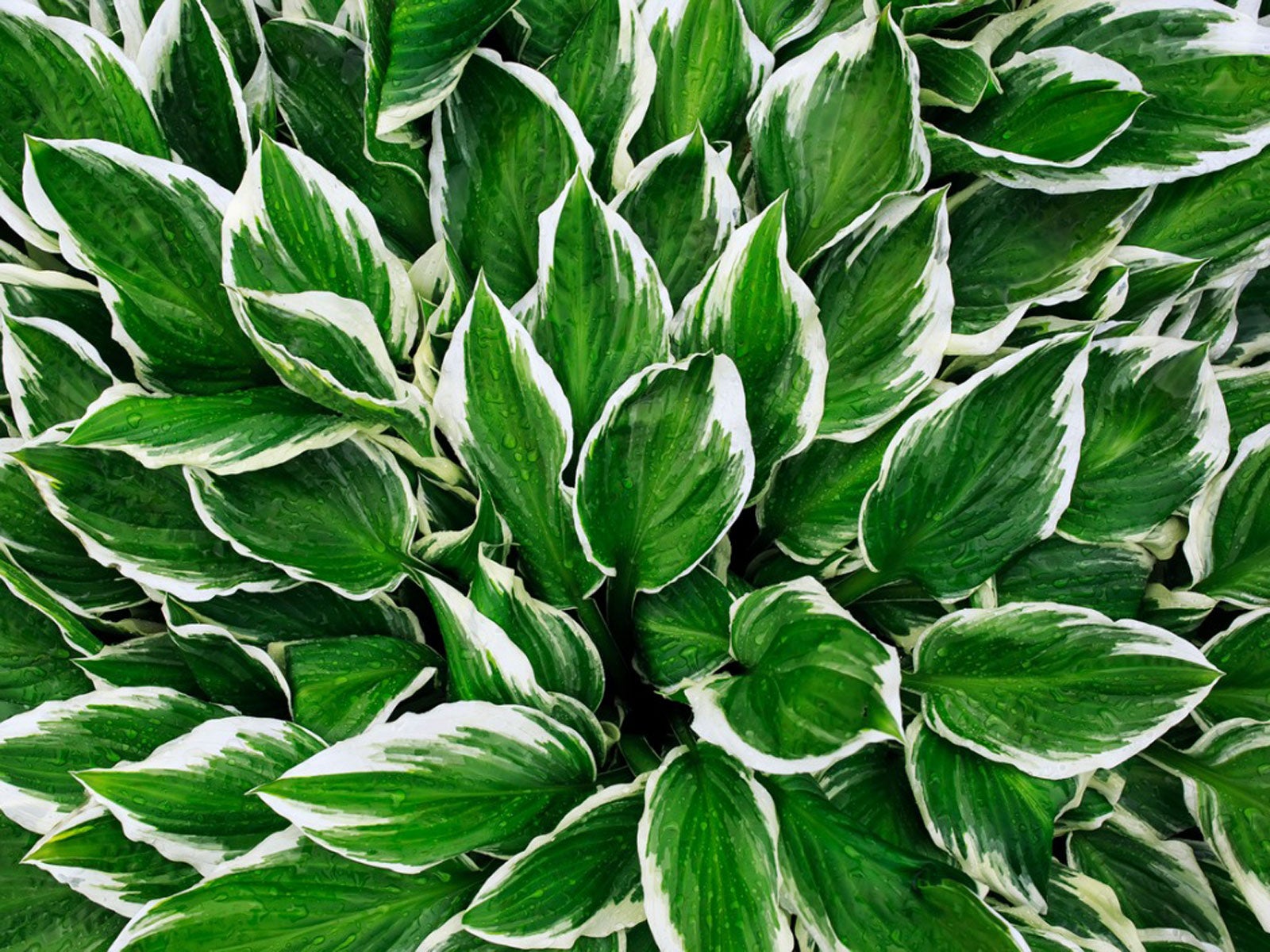
- Lavender: Lavender is a low-maintenance, drought-tolerant shrub that blooms in summer with purple flowers. It prefers full sun and well-drained soil.
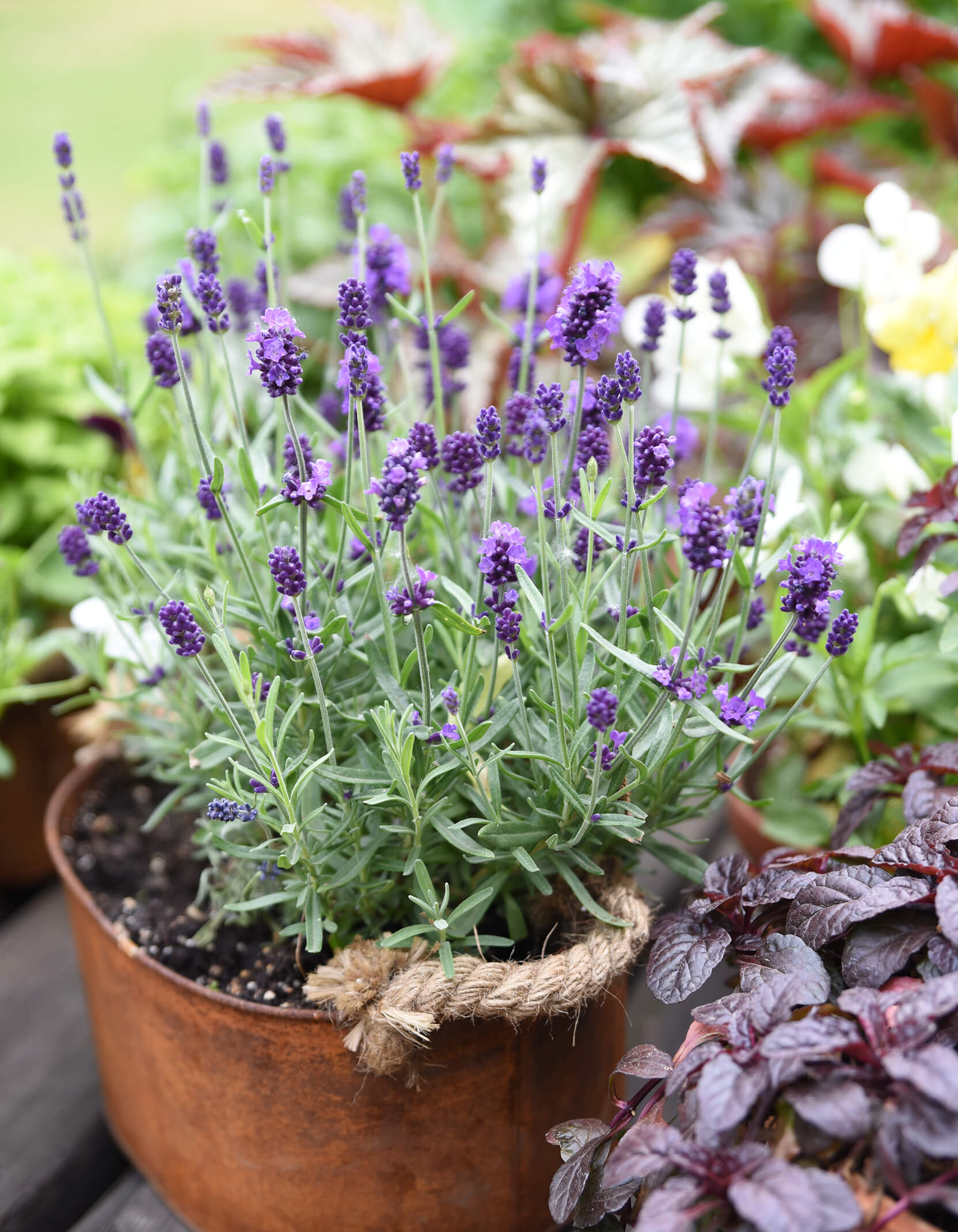
- Roses: Roses are a classic garden flower that come in a variety of colors, shapes, and sizes. They prefer full sun and well-drained soil.
- Where should I plant foxgloves?
Foxgloves prefer moist, well-drained soil and partial to full shade. They can be planted in borders, beds, or even containers. If you live in an area with hot summers, you may want to plant foxgloves in a location that receives morning sun and afternoon shade.
- How far apart should I plant foxgloves?
Foxgloves can grow quite tall, so it is important to plant them far enough apart so that they have room to spread out. A good rule of thumb is to plant foxgloves about 2 feet apart.
- How do I care for foxgloves?
Foxgloves are relatively easy to care for. They need regular watering, especially during hot, dry weather. They also appreciate a light application of fertilizer in the spring. In the fall, you can cut back the stems of foxgloves to the ground.
- Are foxgloves poisonous?
Yes, foxgloves are poisonous. The entire plant contains a toxin called digitalis, which can cause heart problems if ingested. If you have children or pets, it is important to keep foxgloves out of their reach.
Image of companion plants for foxgloves
- Hostas: Hostas are shade-loving plants that can help to suppress weeds and provide a backdrop for the tall foxgloves.
- Astilbe: Astilbe is another shade-loving plant that blooms at the same time as foxgloves. The delicate flowers of astilbe complement the bold spikes of foxgloves.
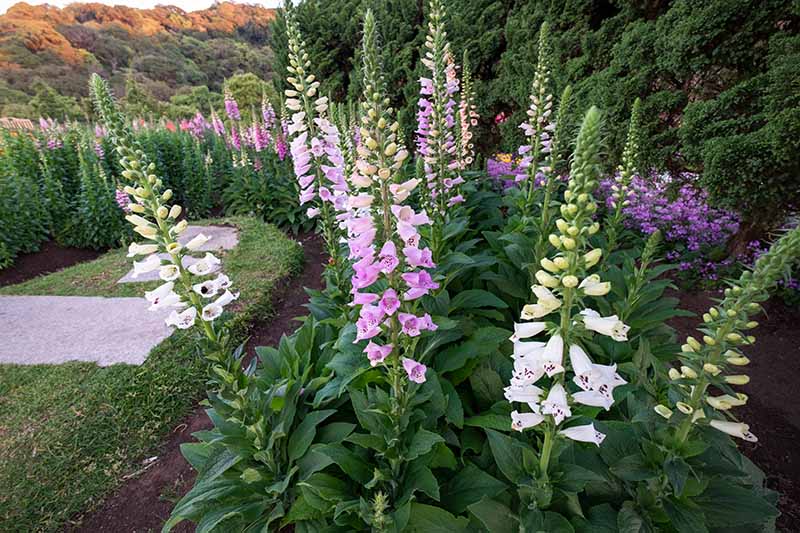
- Brunnera: Brunnera is a low-growing plant with blue flowers that blooms in the spring. It is a good choice for filling in the spaces between foxgloves.
- Coral bells: Coral bells are a versatile plant that can be grown in sun or shade. They have colorful foliage that can add interest to the garden even when the foxgloves are not in bloom.
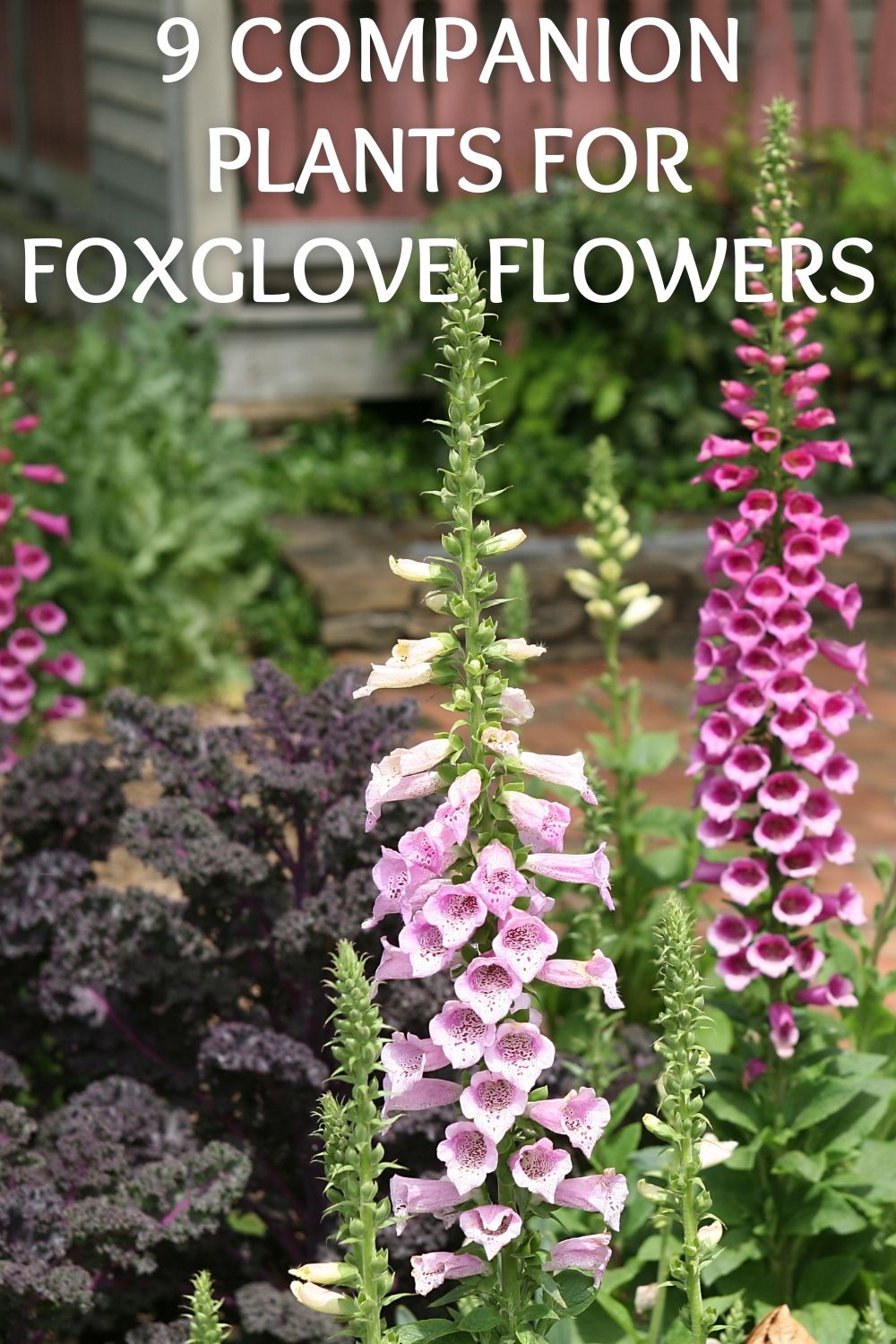
- Lungwort: Lungwort is a shade-loving plant with blue or purple flowers. It is a good choice for attracting pollinators to the garden.



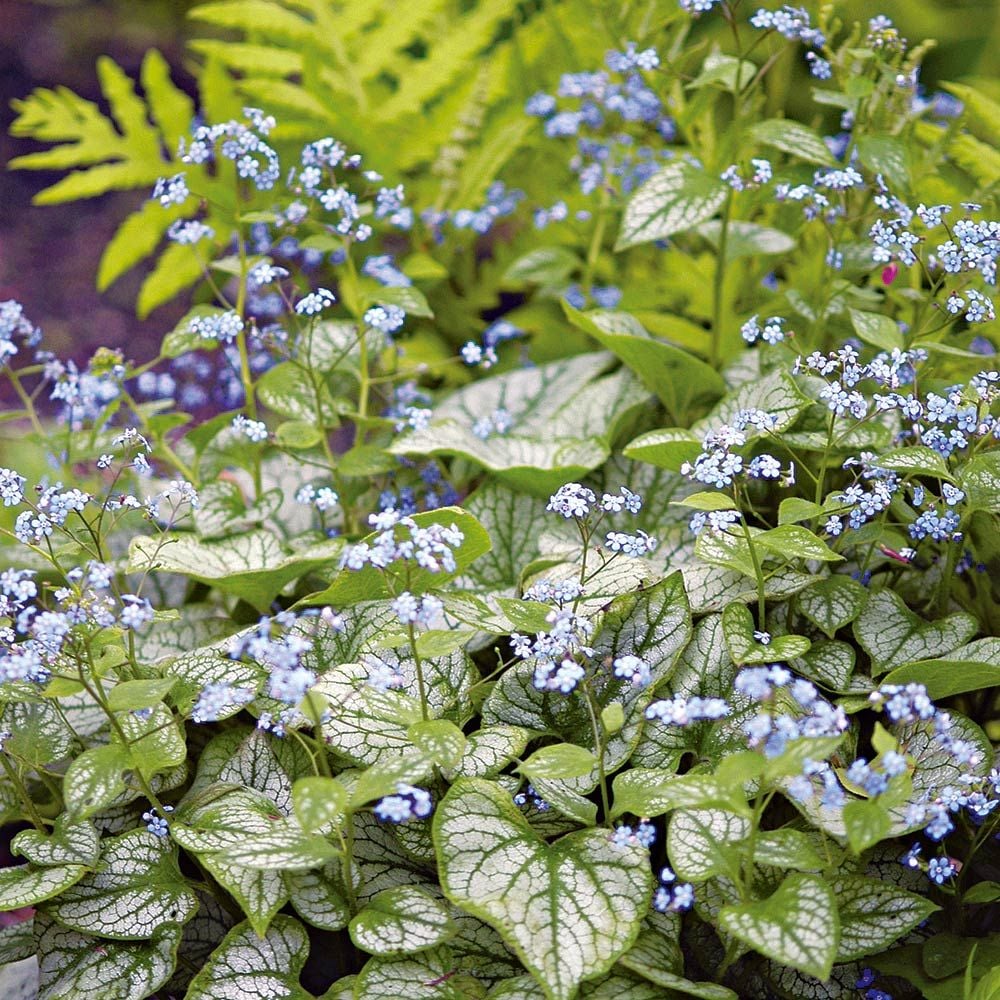
Post a Comment for " Foxglove Companion Plants That Will Make Your Garden Pop"